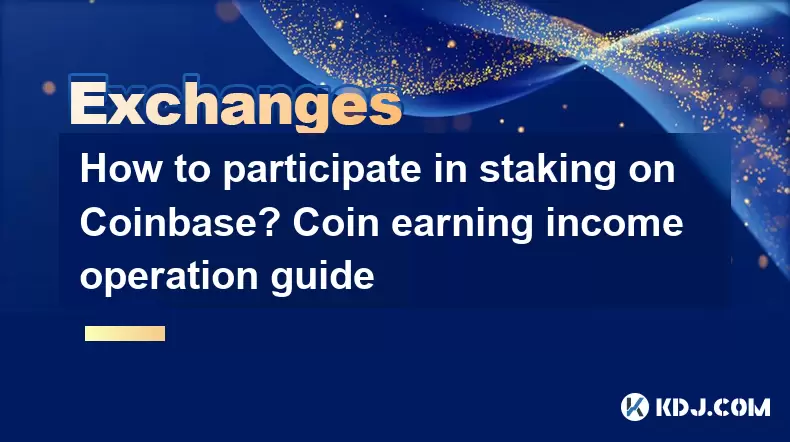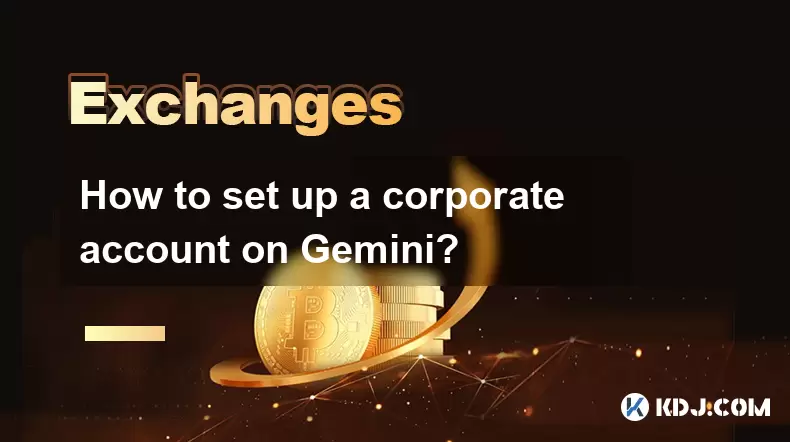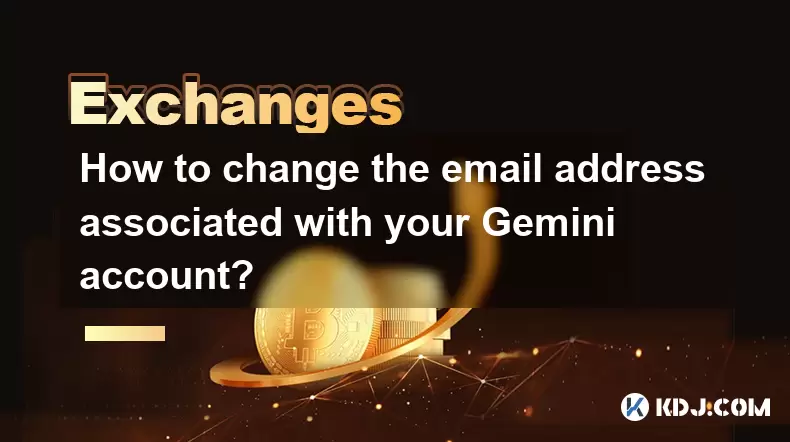-
 Bitcoin
Bitcoin $114200
0.00% -
 Ethereum
Ethereum $3637
0.56% -
 XRP
XRP $2.950
-2.01% -
 Tether USDt
Tether USDt $0.9999
0.02% -
 BNB
BNB $761.0
0.55% -
 Solana
Solana $164.1
-1.38% -
 USDC
USDC $0.9999
0.02% -
 TRON
TRON $0.3332
0.36% -
 Dogecoin
Dogecoin $0.2012
-0.52% -
 Cardano
Cardano $0.7261
-1.41% -
 Hyperliquid
Hyperliquid $37.62
-2.13% -
 Stellar
Stellar $0.3930
-2.65% -
 Sui
Sui $3.441
-0.16% -
 Bitcoin Cash
Bitcoin Cash $563.8
0.70% -
 Chainlink
Chainlink $16.50
0.09% -
 Hedera
Hedera $0.2424
-0.14% -
 Ethena USDe
Ethena USDe $1.001
0.01% -
 Avalanche
Avalanche $22.20
0.00% -
 Litecoin
Litecoin $118.0
-2.48% -
 UNUS SED LEO
UNUS SED LEO $8.991
0.12% -
 Toncoin
Toncoin $3.195
-3.87% -
 Shiba Inu
Shiba Inu $0.00001217
0.12% -
 Uniswap
Uniswap $9.674
-0.21% -
 Polkadot
Polkadot $3.633
1.00% -
 Monero
Monero $295.3
-0.82% -
 Dai
Dai $0.9999
0.00% -
 Bitget Token
Bitget Token $4.321
-0.41% -
 Cronos
Cronos $0.1392
0.73% -
 Pepe
Pepe $0.00001027
-0.89% -
 Aave
Aave $258.5
0.32%
How to participate in staking on Coinbase? Coin earning income operation guide
Staking on Coinbase lets you earn passive income by supporting blockchain networks; it's user-friendly, secure, and flexible, but consider reward variability and tax implications.
Jun 07, 2025 at 02:22 am

Participating in staking on Coinbase offers a way for cryptocurrency holders to earn passive income by supporting the operations of blockchain networks. This guide will walk you through the process of staking on Coinbase, explaining the steps, benefits, and considerations involved.
Understanding Staking on Coinbase
Staking is a process where you hold and lock up your cryptocurrencies to help maintain the operations of a blockchain network. In return, you receive rewards. On Coinbase, staking is available for several cryptocurrencies, including Ethereum (ETH), Tezos (XTZ), Cosmos (ATOM), and Cardano (ADA). By staking these coins, you contribute to the security and efficiency of the respective blockchain networks.
Coinbase simplifies the staking process for users by handling the technical aspects, such as running validator nodes. This makes staking accessible to users who may not have the technical know-how to stake directly on the blockchain.
Benefits of Staking on Coinbase
Staking on Coinbase offers several advantages:
- Passive Income: You can earn rewards without actively trading or managing your investments.
- Ease of Use: Coinbase manages the staking process, making it straightforward for users.
- Security: Coinbase's infrastructure is robust, reducing the risks associated with running your own validator nodes.
- Flexibility: You can stake and unstake your assets at any time, subject to the rules of the specific cryptocurrency.
How to Start Staking on Coinbase
To begin staking on Coinbase, follow these steps:
- Log into Your Coinbase Account: Ensure you have a verified account on Coinbase.
- Navigate to the Staking Section: Go to the "Earn" or "Staking" section on the Coinbase platform.
- Select the Cryptocurrency You Want to Stake: Choose from the available options such as ETH, XTZ, ATOM, or ADA.
- Review the Staking Details: Understand the reward rate, lock-up period (if any), and other terms.
- Initiate Staking: Click on the "Stake" button and enter the amount you wish to stake.
- Confirm the Transaction: Follow the prompts to confirm your staking transaction.
Once your transaction is confirmed, your assets will be staked, and you will start earning rewards.
Managing Your Staked Assets
After staking your assets, you can manage them through the Coinbase platform:
- Monitoring Rewards: Check your staking rewards in the "Earn" or "Staking" section of Coinbase. Rewards are typically distributed periodically, depending on the cryptocurrency.
- Unstaking: If you decide to unstake your assets, navigate to the staking section, select the asset, and choose the "Unstake" option. Note that some cryptocurrencies may have a lock-up period before you can unstake.
- Reinvesting Rewards: You can choose to reinvest your staking rewards to compound your earnings or withdraw them to your Coinbase wallet.
Considerations and Risks
While staking on Coinbase is generally user-friendly, there are several considerations and potential risks to be aware of:
- Reward Variability: Staking rewards can fluctuate based on the network's performance and the total amount of staked assets.
- Lock-up Periods: Some cryptocurrencies require a lock-up period before you can unstake your assets, which may affect liquidity.
- Network Risks: The underlying blockchain network's performance can impact your staking rewards. Issues like network congestion or security breaches can affect the reliability of rewards.
- Platform Risks: While Coinbase is a reputable platform, there are always risks associated with using third-party services, such as potential changes in staking policies or fees.
Tax Implications
Staking rewards may have tax implications depending on your jurisdiction. It's important to understand how these rewards are treated for tax purposes:
- Income Tax: In many countries, staking rewards are considered taxable income and must be reported.
- Capital Gains Tax: If you sell staked assets or rewards, you may be subject to capital gains tax on any profits.
- Record Keeping: Keep detailed records of your staking activities, including the date and amount of rewards received, to facilitate accurate tax reporting.
Choosing the Right Cryptocurrency to Stake
When deciding which cryptocurrency to stake on Coinbase, consider the following factors:
- Reward Rates: Compare the staking reward rates offered by different cryptocurrencies.
- Lock-up Periods: Some cryptocurrencies have longer lock-up periods than others, which can affect your liquidity.
- Network Stability: Assess the stability and reliability of the blockchain network.
- Your Investment Goals: Align your staking choices with your overall investment strategy and risk tolerance.
Frequently Asked Questions
Q: Can I stake any amount of cryptocurrency on Coinbase?
A: The minimum amount required to stake varies by cryptocurrency. For example, Ethereum staking on Coinbase requires a minimum of 32 ETH, but Coinbase offers a pooled staking option that allows you to stake smaller amounts. Always check the specific requirements for the cryptocurrency you are interested in staking.
Q: How often are staking rewards distributed on Coinbase?
A: The frequency of staking reward distribution varies by cryptocurrency. For instance, Tezos rewards are typically distributed weekly, while Ethereum rewards might be distributed monthly. You can find this information in the staking details on Coinbase.
Q: What happens if I want to unstake my assets but there is a lock-up period?
A: If a cryptocurrency has a lock-up period, you will need to wait until the period ends before you can unstake your assets. During this time, your assets will continue to earn staking rewards, but you will not be able to access them.
Q: Are there any fees associated with staking on Coinbase?
A: Coinbase may charge fees for staking certain cryptocurrencies. These fees are typically a percentage of the staking rewards you earn. Always review the fee structure for each cryptocurrency before starting to stake.
Disclaimer:info@kdj.com
The information provided is not trading advice. kdj.com does not assume any responsibility for any investments made based on the information provided in this article. Cryptocurrencies are highly volatile and it is highly recommended that you invest with caution after thorough research!
If you believe that the content used on this website infringes your copyright, please contact us immediately (info@kdj.com) and we will delete it promptly.
- Ethereum, Transaction Volumes, and SEC Staking: Navigating the Regulatory Landscape
- 2025-08-06 22:30:13
- Crypto, Tokens, and Metrics: Navigating the New Frontier
- 2025-08-06 23:09:22
- Crypto Market Buzz: PROVE Surges as Coinbase, Binance List Token
- 2025-08-06 22:30:13
- BlockDAG, Crypto, and Binance Coin: The Hottest Trends You Can't Ignore
- 2025-08-06 23:50:13
- BlockSack Who? Base Network and Layer 2s Shake Up the Crypto Scene
- 2025-08-06 23:10:13
- DOGE, SHIB, and Remittix ROI: Shifting Sands in the Crypto Landscape
- 2025-08-06 23:50:13
Related knowledge

How to set and manage alerts on the Gemini app?
Aug 03,2025 at 11:00am
Understanding the Gemini App Alert SystemThe Gemini app offers users a powerful way to stay informed about their cryptocurrency holdings, price moveme...

How to use the Gemini mobile app to trade on the go?
Aug 04,2025 at 09:14am
Setting Up the Gemini Mobile AppTo begin trading on the go using the Gemini mobile app, the first step is installing the application on your smartphon...

How to set up a corporate account on Gemini?
Aug 05,2025 at 03:29pm
Understanding Gemini Corporate AccountsGemini is a regulated cryptocurrency exchange platform that supports both individual and corporate account crea...

How to change the email address associated with your Gemini account?
Aug 06,2025 at 08:49pm
Understanding the Importance of Updating Your Email on GeminiYour email address serves as a primary identifier and communication channel for your Gemi...

What to do if you forgot your Gemini password?
Aug 04,2025 at 03:42am
Understanding the Role of Passwords in Gemini AccountsWhen using Gemini, a regulated cryptocurrency exchange platform, your password serves as one of ...

What are the websocket feeds available from the Gemini API?
Aug 03,2025 at 07:43pm
Overview of Gemini WebSocket FeedsThe Gemini API provides real-time market data through its WebSocket feeds, enabling developers and traders to receiv...

How to set and manage alerts on the Gemini app?
Aug 03,2025 at 11:00am
Understanding the Gemini App Alert SystemThe Gemini app offers users a powerful way to stay informed about their cryptocurrency holdings, price moveme...

How to use the Gemini mobile app to trade on the go?
Aug 04,2025 at 09:14am
Setting Up the Gemini Mobile AppTo begin trading on the go using the Gemini mobile app, the first step is installing the application on your smartphon...

How to set up a corporate account on Gemini?
Aug 05,2025 at 03:29pm
Understanding Gemini Corporate AccountsGemini is a regulated cryptocurrency exchange platform that supports both individual and corporate account crea...

How to change the email address associated with your Gemini account?
Aug 06,2025 at 08:49pm
Understanding the Importance of Updating Your Email on GeminiYour email address serves as a primary identifier and communication channel for your Gemi...

What to do if you forgot your Gemini password?
Aug 04,2025 at 03:42am
Understanding the Role of Passwords in Gemini AccountsWhen using Gemini, a regulated cryptocurrency exchange platform, your password serves as one of ...

What are the websocket feeds available from the Gemini API?
Aug 03,2025 at 07:43pm
Overview of Gemini WebSocket FeedsThe Gemini API provides real-time market data through its WebSocket feeds, enabling developers and traders to receiv...
See all articles

























































































